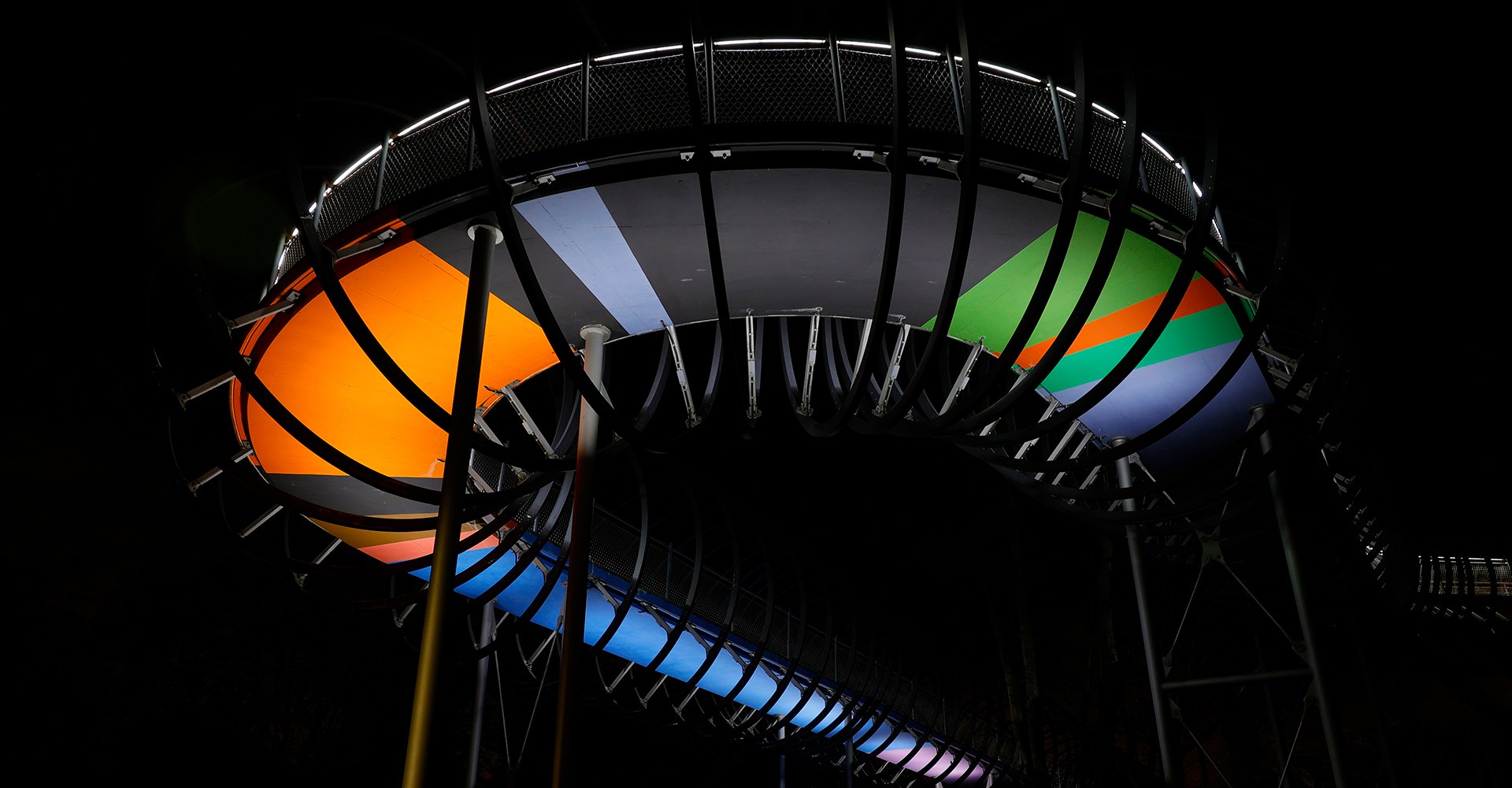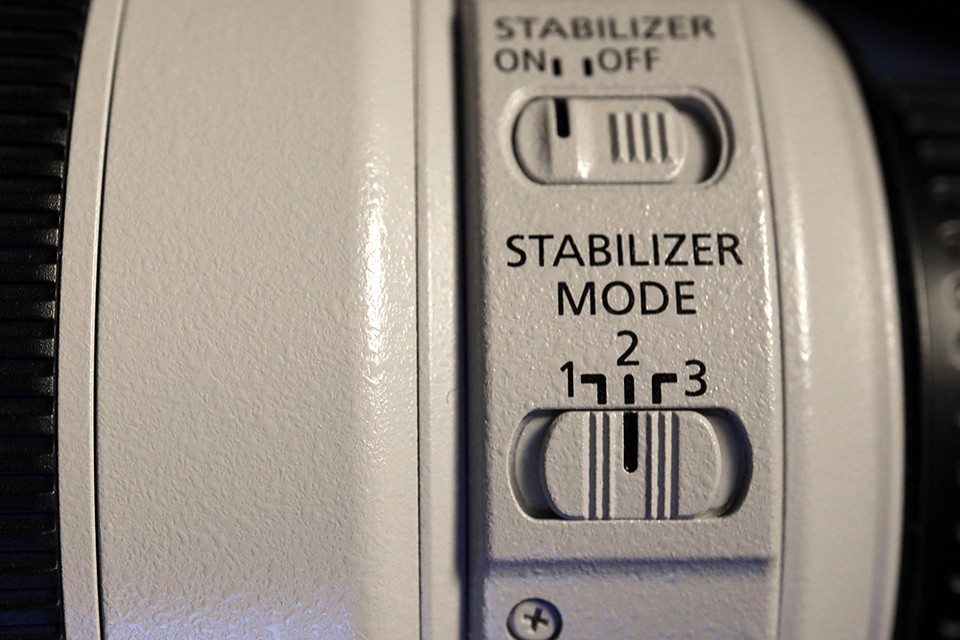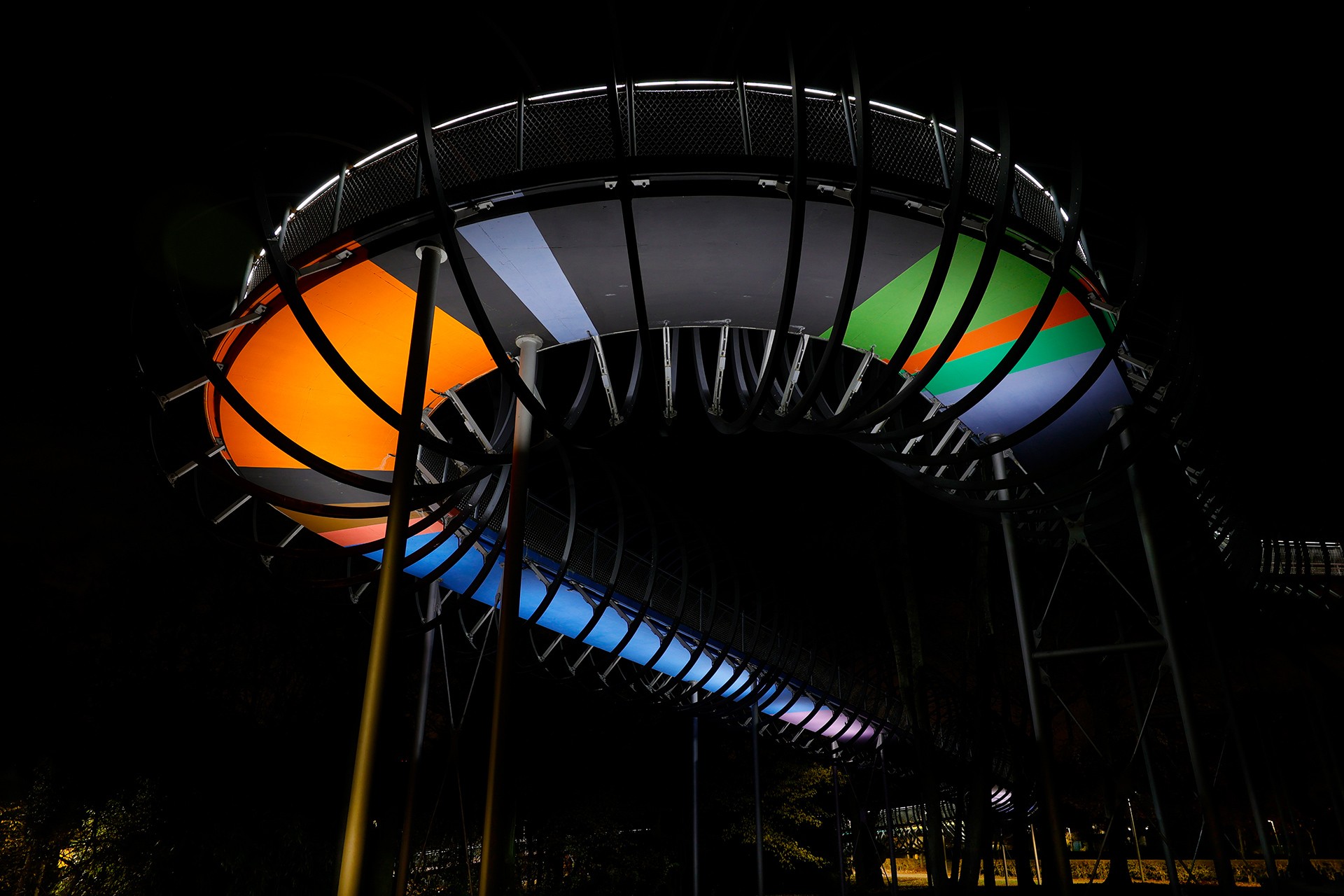The IS image stabilisers on Canon lenses offer many options. Which setting is best for your subject? You'll find the answers in this tip.
IS stands for "Image Stabiliser". Optical image stabilisation on Canon EF, EF-S and R-series lenses compensates for camera shake, allowing you to use slower shutter speeds. This allows you to shoot without a tripod or flash, even in low light.
How the IS works
Gyro sensors measure the amount and speed of horizontal and vertical camera shake. This data is analysed and sent to the image stabilisation control unit. The unit then moves a lens group in the opposite direction to the camera shake, so that the lens beam is focused in the image plane and the image is sharp.
Canon's first generation of image stabiliser lenses were designed primarily for hand-held use. When using a tripod, the image stabiliser had to be switched off manually. With the second generation, this is no longer necessary: the lenses detect when a tripod is being used and switch off automatically. As with the first generation, they compensate for one or two f-stops. Third-generation stabilisers can compensate for up to four f-stops.
Mode 1, 2 or 3
Some IS lenses do more than just switch the image stabiliser on and off. Two or even three modes are available. In mode 1, IS corrects vertical and horizontal camera shake. In mode 2, it allows movements to be tracked horizontally. This can be a creative way to add motion blur to sports and action shots. With some lenses, you can also select a third setting, Mode 3. This works like Mode 2, with stabilisation - but only when shooting, not when looking through the viewfinder. This has the advantage of using less power. Because using the image stabiliser consumes energy, the lens draws from the camera battery.
Hybrid IS
Hybrid IS also compensates for camera shake when the camera is panned or shifted. The latter, which occurs when the camera moves parallel to the main subject, is particularly common in macro photography. The new Hybrid IS technology uses two sensors: an angular velocity sensor and an acceleration sensor.
The angular velocity sensor has been used in previous image stabilisation methods and detects panning and tracking movements. The acceleration sensor detects camera shake caused by camera movement. In addition, the Hybrid Image Stabilizer uses a new algorithm that takes the readings from both sensors and shifts the lenses in the lens barrel to significantly reduce both types of camera shake.
The first lens to feature the new Hybrid IS technology is the EF 100mm f/2.8L Macro IS USM.
Following the development of the EF 75-300mm f/4-5.6 IS USM in 1995, the world's first interchangeable lens system with an optical image stabiliser, Canon has achieved another milestone in image stabilisation technology.
Coordinated image stabilisation with EOS R5 and EOS R6
The EOS R5 and R6 are the first EOS cameras to feature in-camera 5-axis image stabilisation, which protects against camera shake even when using a lens without built-in IS image stabilisation. With some lenses, the system can compensate for up to eight stops of camera shake. When an RF lens with compatible Image Stabilizer is used with the EOS R5, the two stabilisation systems together form a coordinated image stabilisation system to better compensate for camera shake.




